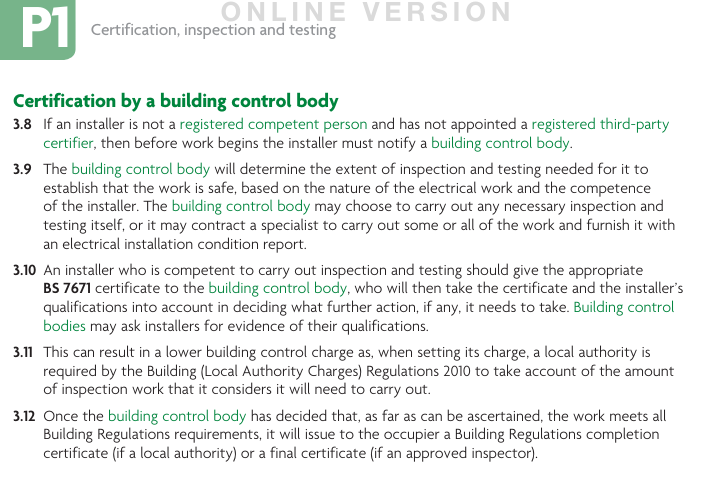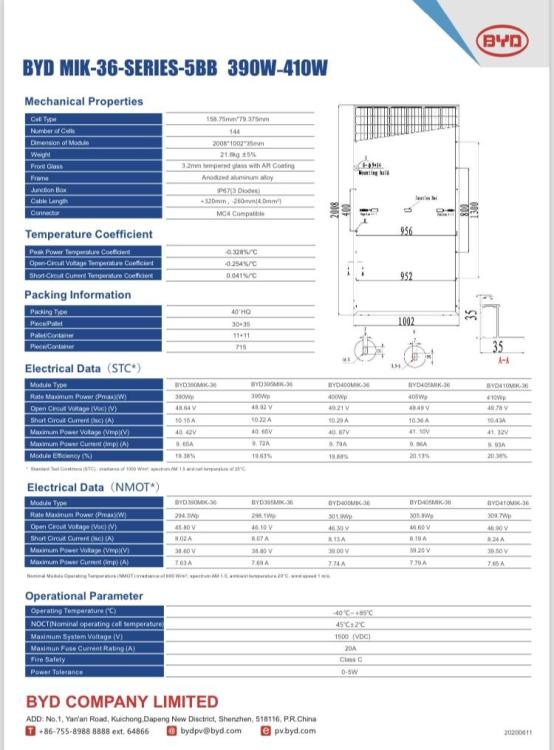
Jinglish
Members-
Posts
37 -
Joined
-
Last visited
Recent Profile Visitors
The recent visitors block is disabled and is not being shown to other users.
Jinglish's Achievements

Member (3/5)
5
Reputation
-
Making the most of excess solar with a 3-phase supply
Jinglish replied to Tom's topic in Photovoltaics (PV)
Snap, and with IOG you can "charge" your car during peak times at 7p and everything else is at that rate. Strangely my car always needs charging at dinner time, washing time and hot water time -
With the age of your property IMO you are limited with what you can do given your goal is to reduce your overall heating bill with the potential of being off grid. You could spend a fortune retro fitting insulation, windows etc. with almost no return in your lifetime. I'm all up for saving energy but some properties are just not fit for this purpose. As attractive as a GSHP or ASHP sounds your property don't have the fundamentals in place to support it. I think you will need to look at each measure independently and chart up a cost vs saving vs timeline in a table. 280mm loft insulation if you don't have is probably the lowest hanging fruit. Your biggest heat loss will be from your walls and I don't think there is any sense here in trying to mitigate your single skin without major cost and compromises. If you do overhaul your heating system then I suppose the main choice would be radiator feed by OIL/LPG/Bio Mass OR go for electric all round traditional or even infrared based. If going with electric then you can work out if Solar can offset your usage. Either way your choices are expensive and as said earlier doubt you will ever see a return. Have you tried what grants maybe available? https://ukem.co.uk/ (You be surprised what you can get if you call, ignore the benefits your house should be very low EPC so would likely qualify)
-
Making the most of excess solar with a 3-phase supply
Jinglish replied to Tom's topic in Photovoltaics (PV)
@Tom Maybe you got your wires crossed (no pun intended) or we are taking about the same. Your smart meter is your export meter also. So from the grid it should go… Grid > DNO fuse > Smart Meter > Main Fuse box > generator meter > Inverter > PV Array The CT clamp i’m referring to sits between the smart meter and the main fuse box. The generator meter should measure the output of your inverter before it’s consumed by your dwelling load. The CT clamp will measure surplus feed back to the grid and your export meter will tally up with that so your supplier can pay you accordingly. Your wiring maybe different i.e. your Inverter goes directly to smart meter via Henley block instead of through the main fuse box but this still yields the same result -
Making the most of excess solar with a 3-phase supply
Jinglish replied to Tom's topic in Photovoltaics (PV)
@joe90 Good point so ASHP gets tank to say 55C but need immersion to kill the Legionella at 65C+ @Tom The CT clamp should be fitted before the export meter so it knows how much to divert and when. -
Making the most of excess solar with a 3-phase supply
Jinglish replied to Tom's topic in Photovoltaics (PV)
Shoot me down here but... Don't you get paid more to export the surplus than you would if you used it via an inefficient immersion heater? Why wouldn't you use the excess solar to make the heat pump heat the hot water which is much more efficient? -
What is your primary motive? Is it.. >ROI (Return of investment) >Go "green" no matter what it costs >Live off grid Depending on what you prioritise would help factor the choice of renewables.
-
Fox do a triple MPPT invertor I would consider this... https://theecosupermarket.co.uk/product/fox-k-series-7-0kw-hybrid-inverter-kh7/ It is on the DNA register so could be applied for via G99 "fast track" which should be very quick to get DNO approval (7.36kW is the limit for fast track) Polar brand doesn't appear to be listed on the DNA so either of your options you might have to jump through a lot of loop with a G99 "standard" application. Strongly consider the payback for 5 x 5.2kWh batteries. IMO V2G or V2H is a only a few years away of becoming more mainstream which will almost supersede the need for house batteries.
-
Just out of interest when your installer did the G99 application was it the SGI-3 fast track? Since your inverter is registered as "Compliant" this should have been the route taken. If you go down the G98 route then you're only loosing out on 1.32kW during peak generation. I suggest you model this up in something like OpenSolar which can give you a good indication of cost vs reward but in any event sounds like this is the only sensible route forward. Keep up posted and good luck!
-
My understanding of the above is as follows... >Part P (Electrical) just means that you/your installer follows the regulation set out in this document: https://assets.publishing.service.gov.uk/media/5a802da7ed915d74e622ceed/BR_PDF_AD_P_2013.pdf >Part P certification can only be issued by either "registered competent person" or "registered third-party certifier" or "building control body" If you want to do the work yourself then it is notifiable to BC therefore...To get a BC certificate (which covers Part P) your install would need to meet Part P and any another other Parts requested by BC You do not need to be qualified or registered you just need to be "competent" and sign to say you are via a BS 7671 certificate (you can buy these and sign yourself) to BC https://www.expresselectrical.net/electrical-installation-certificate I have done this myself for other electrical work e.g. minor works and BC don't have a problem.
-
To help others expand their system themselves it was very easy. If you hunt around on selling sites you can grab unbelievable bargains I got the following all brand new (except panels) Solax G4 boost 3.6kW invertor £200 BYD 10 x S/H 410W panels £150 Clenergy rails, hooks, clamps, screws etc.. £234 Electrical Cabelling, isolators, fusebox, MC4, ducting etc... £217 TOTAL £801 I used free OpenSolar software to do the design and SLD which was approved by National Grid via G99-SGI3 (aka fast track) process. This expansion adds another 4.1kW peak (estimated 2,617kwh per year) to the existing 4.1kW bringing me to a total of 8.2kW peak but clipped to 7.36kW (estimated 5289kW per year) Octopus have no need to be told I have expanded, I'm already on their outgoing plan (15p) + intelligent go from the original system's MCS. Going by the OpenSolar calculation this predicts a payback of the £801 in around 1.5-2 years
-
So I’ve gone full circle. I’ve decided to keep the second 3.6kw Solax and install it in the garage. 9 x 410W panels will fit on the West facing roof. Giving me the option in the future to fit another 9 on the East facing roof to max that inverter out throughout the whole day. The existing Solax in the main dwelling with 10 East facing panels can be expanded with an additional 3-4 South facing panels in the future. So for now I will have 19 panels with scope to expand to 32 panels split across 2 inverters across different directions. I’ve applied for G99 fast track and supplied the SLD so just awaiting approval before I fit.
-
Thanks for sanity checking, I didn’t think about counting the cells. Looks like I’ve narrowed it down and based on what I’ve tested I believe they are the 410W versions. But either way I think I got enough info to plan the string and inverter I want to use with them.
-
So I moved one of these panels to face the same direction as my existing array of 10 x 410W which currently reads 2.93kW from the Solax app / 10 so 293W each (underload) This unknown panel reads 46.7V & 9.23A but NOT underload so 431W I was told drop it by 25% to get the underload wattage so 323W. Since my existing setup of 293W is 1.4 times away from its maximum of 410W if I apply the same 1.4 multiplier to this panel that makes it 450W. (323 x 1.4) I know these are rough calculations but at least I’m in the ball park of the output it generates?
-
Arr that seems to make sense, I was told they were imported from Morocco. I think the stickers were intentionally removed. I did find evidence of a faded impression on one that seems to read BYD but they do a few variations it could be so i’ll do some electrical testing later
-
I got as far as this… but no datasheet yet https://www.htc-lb.com




